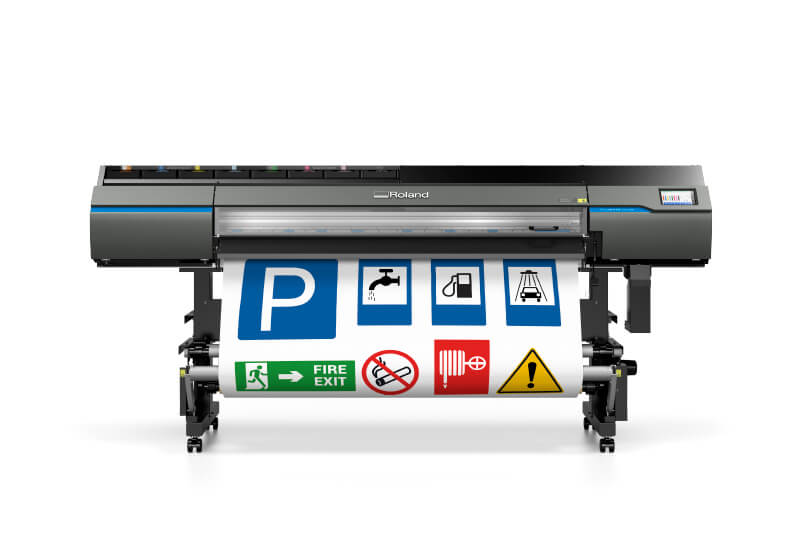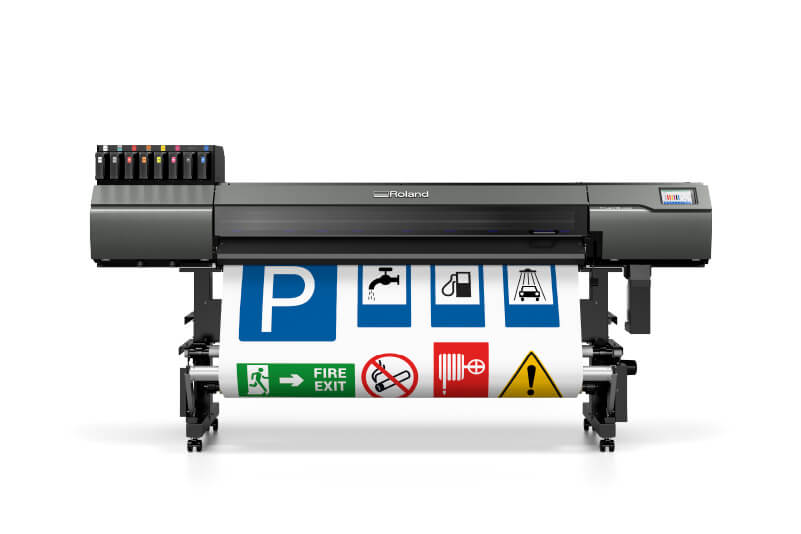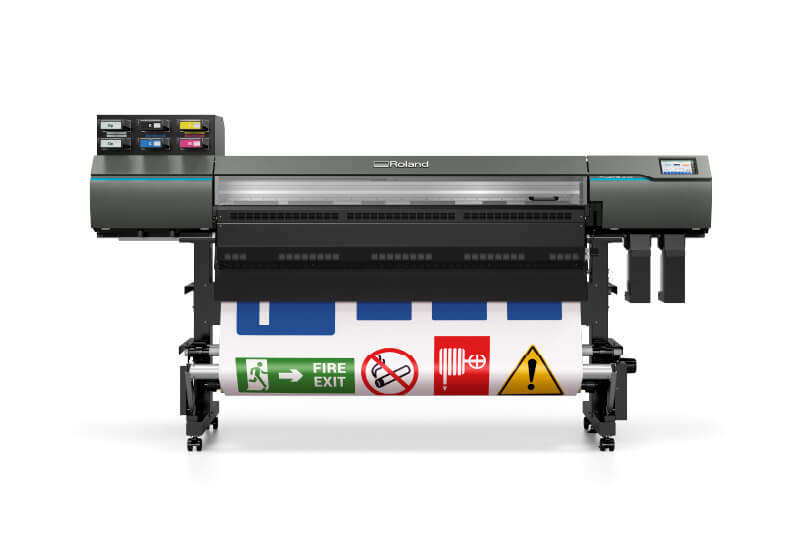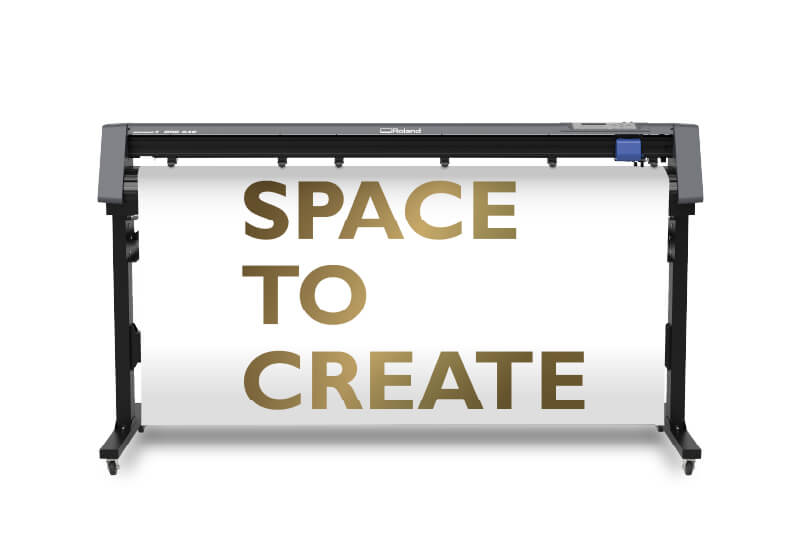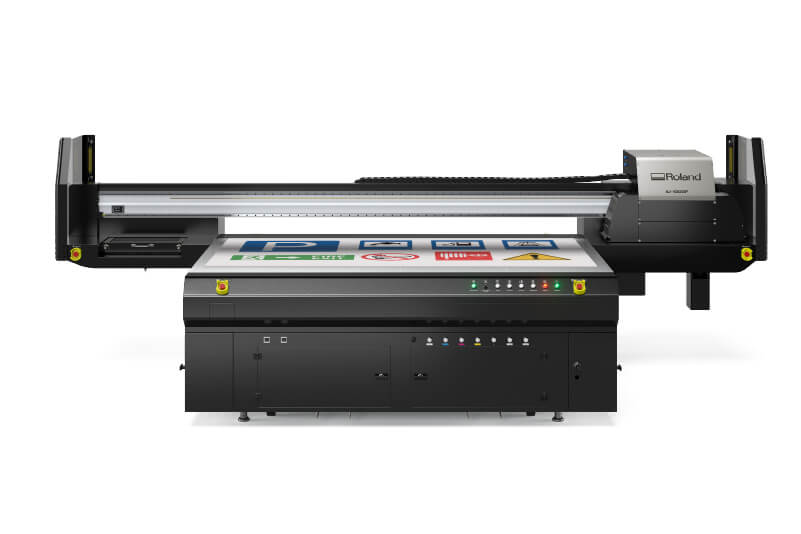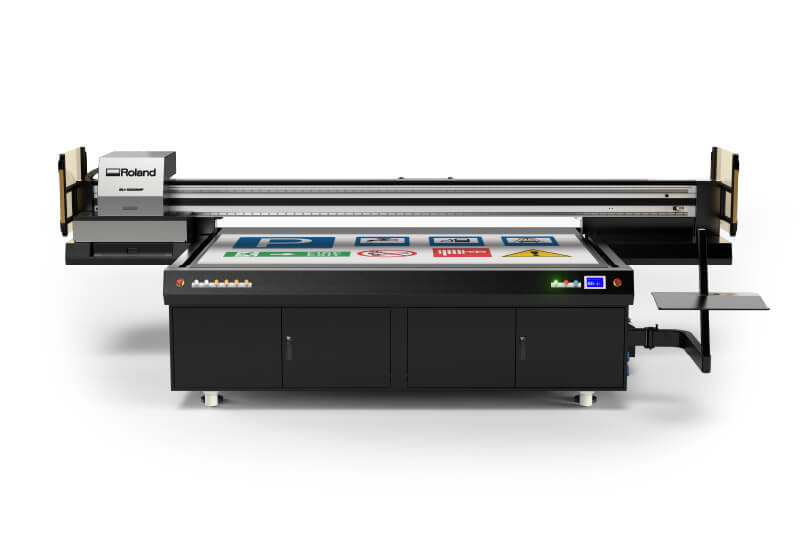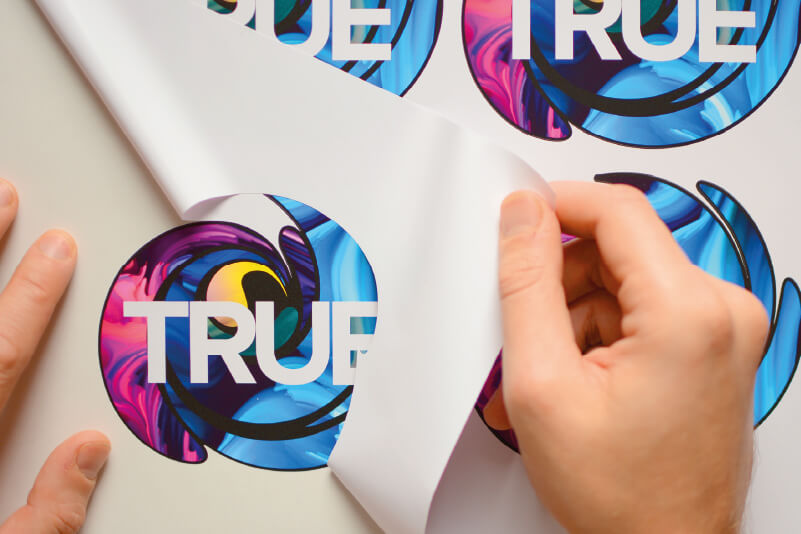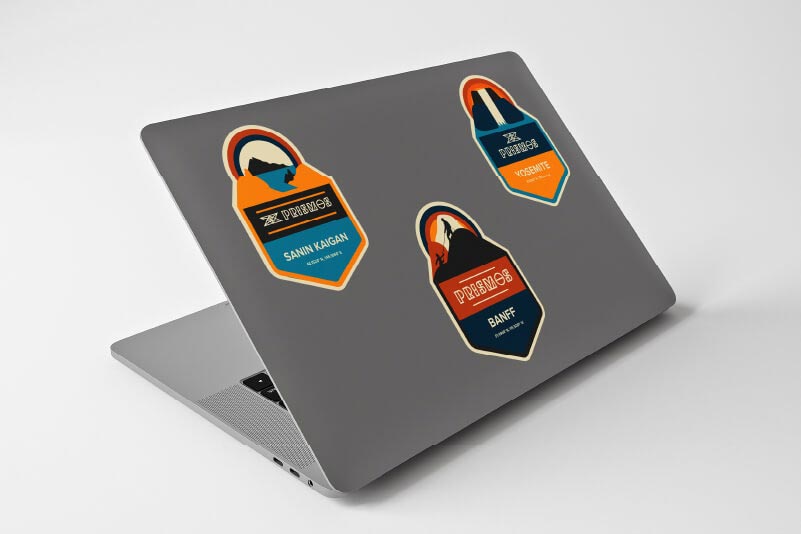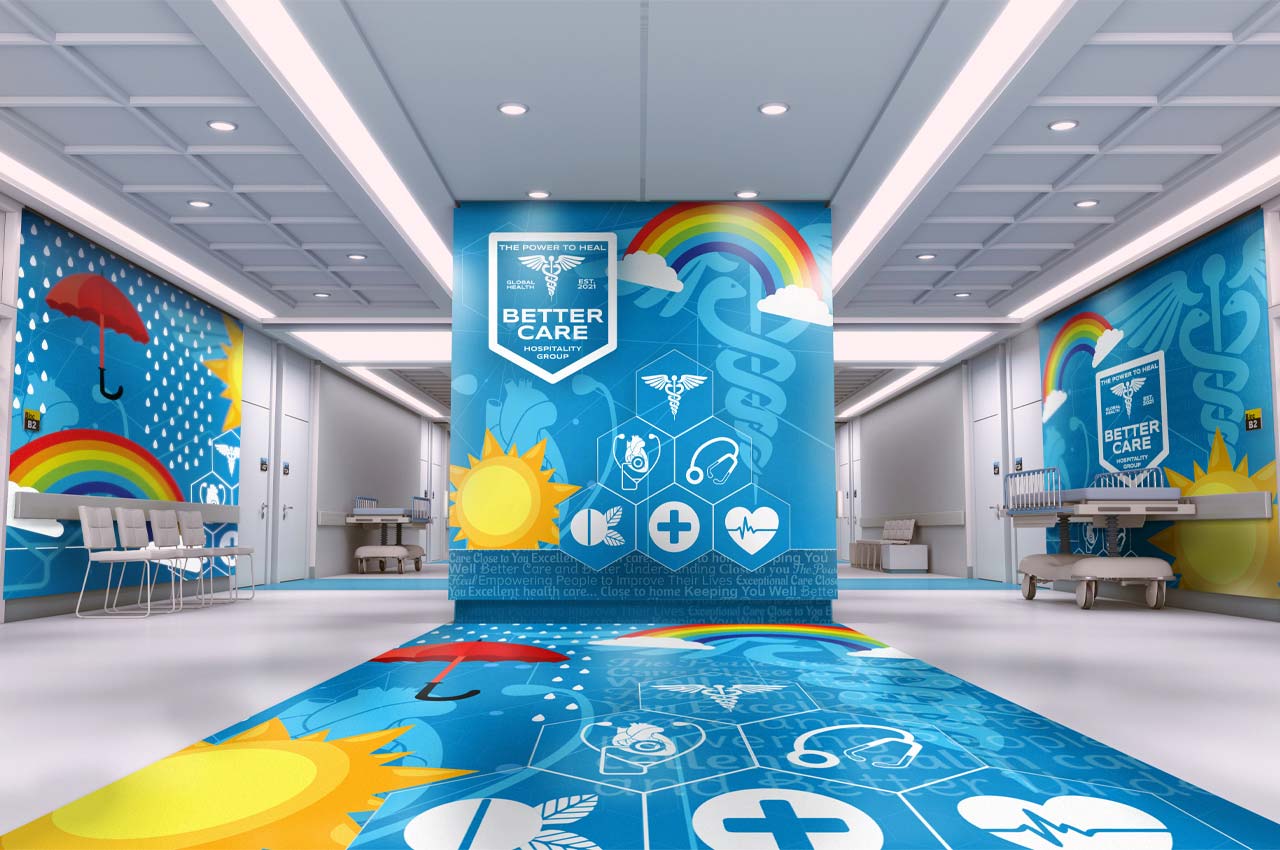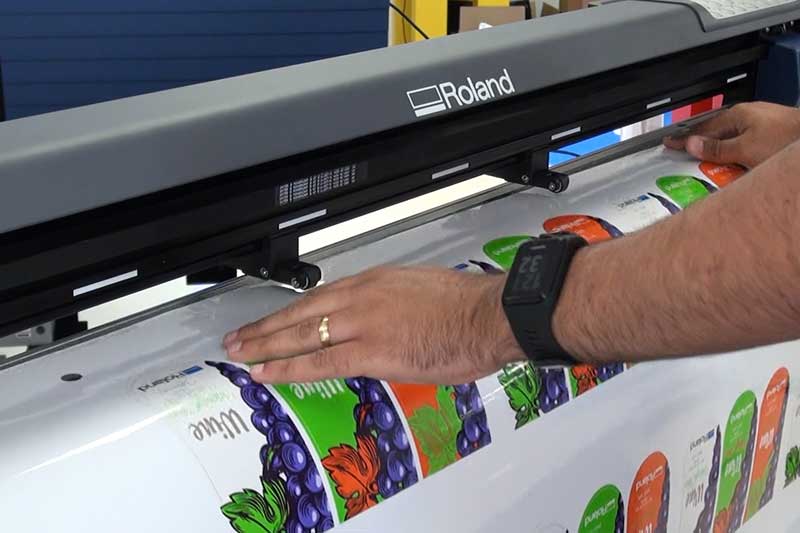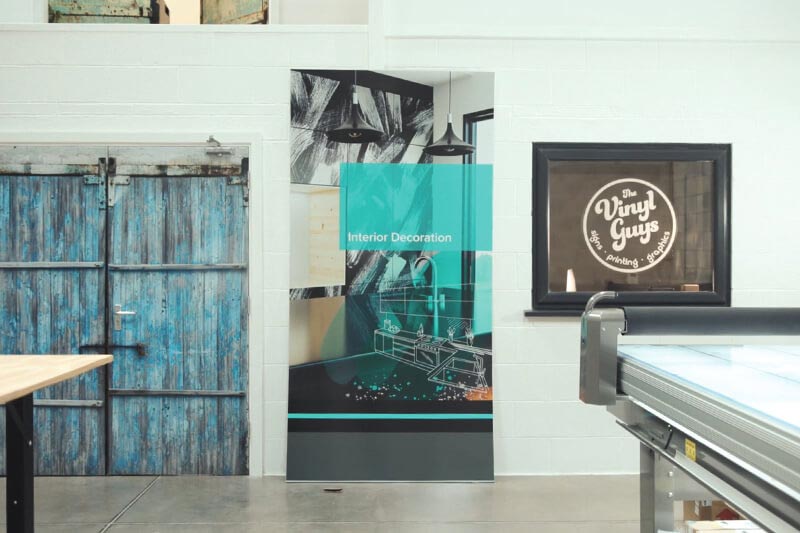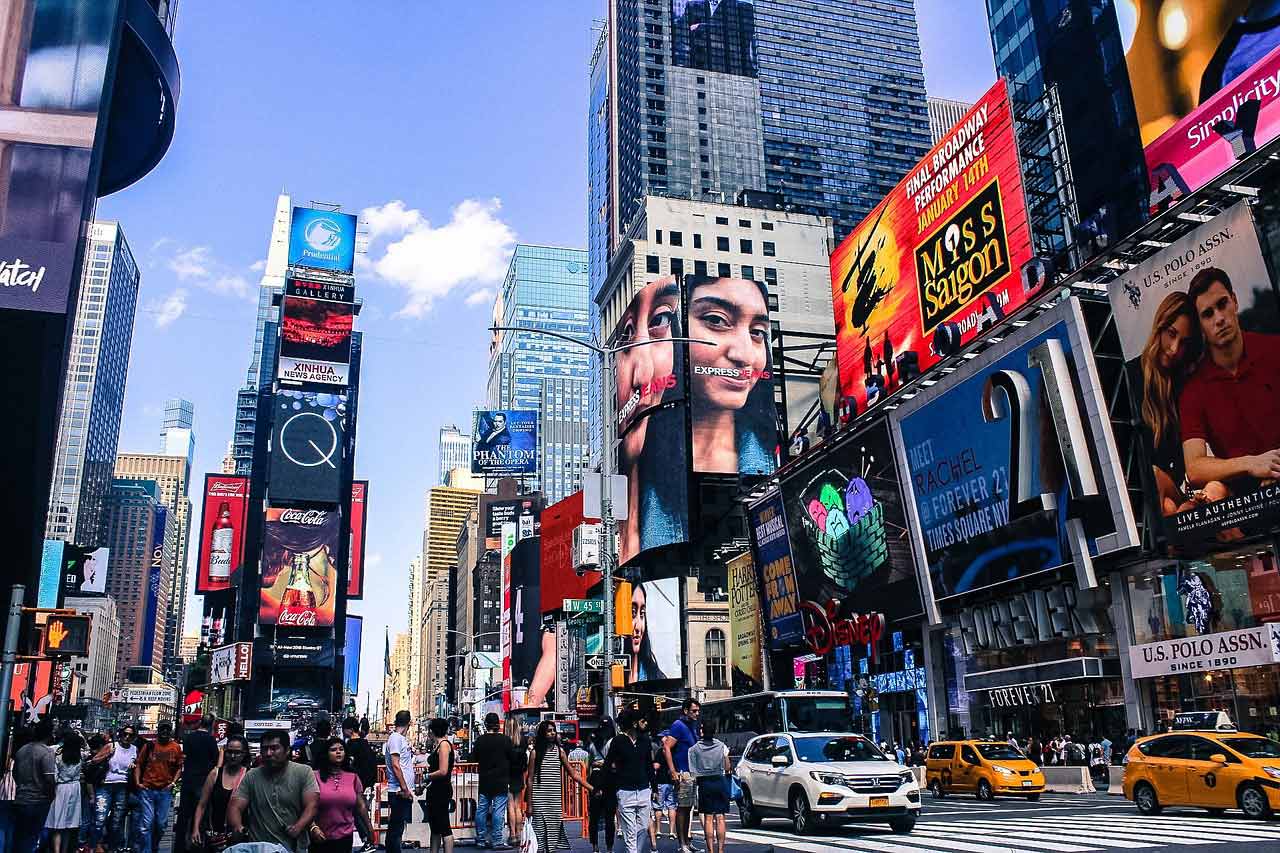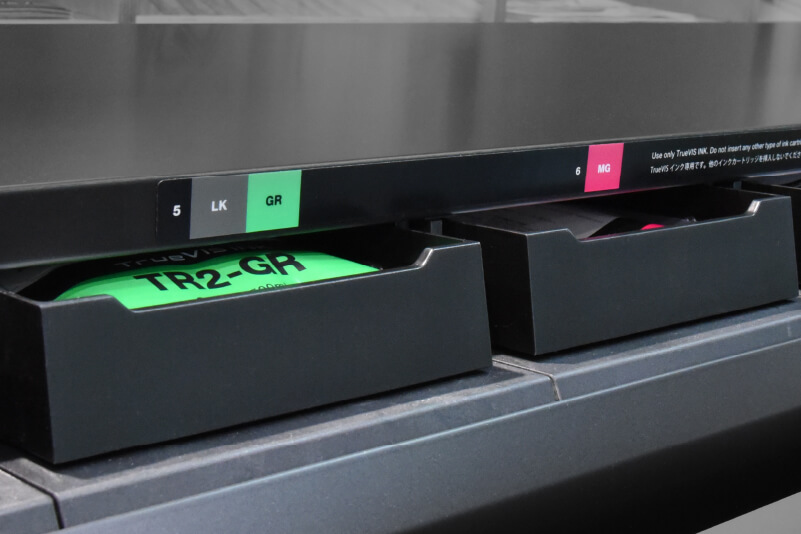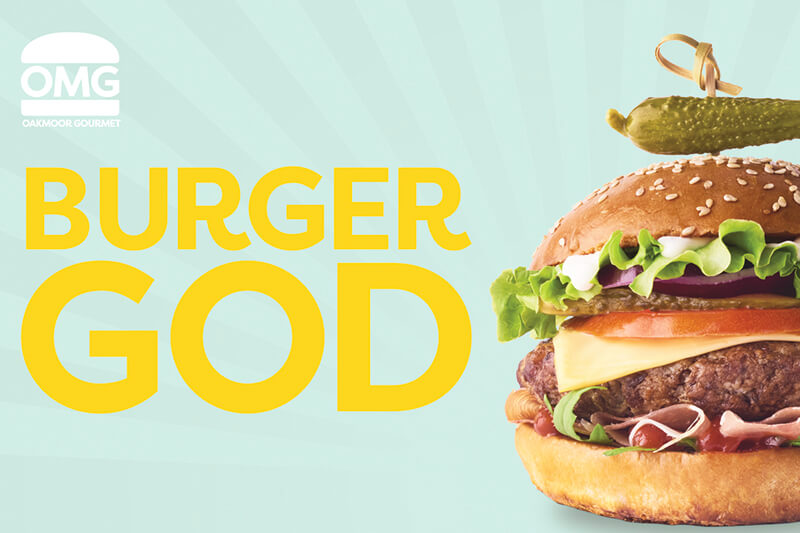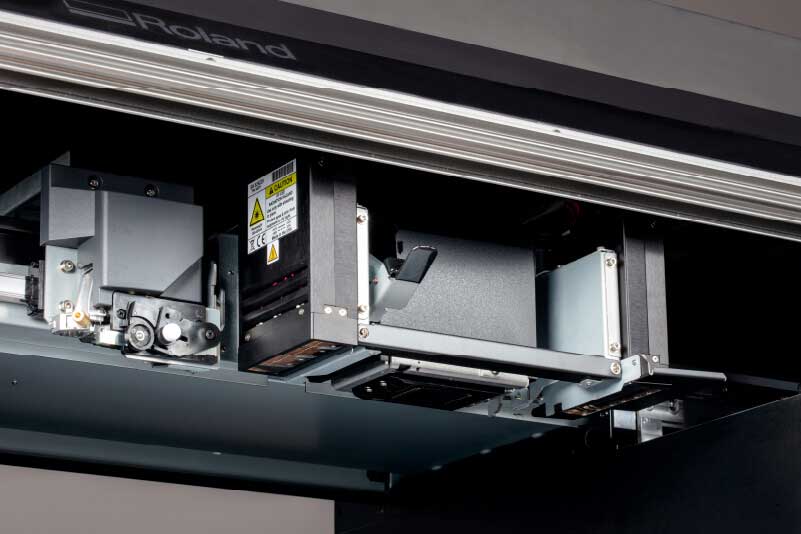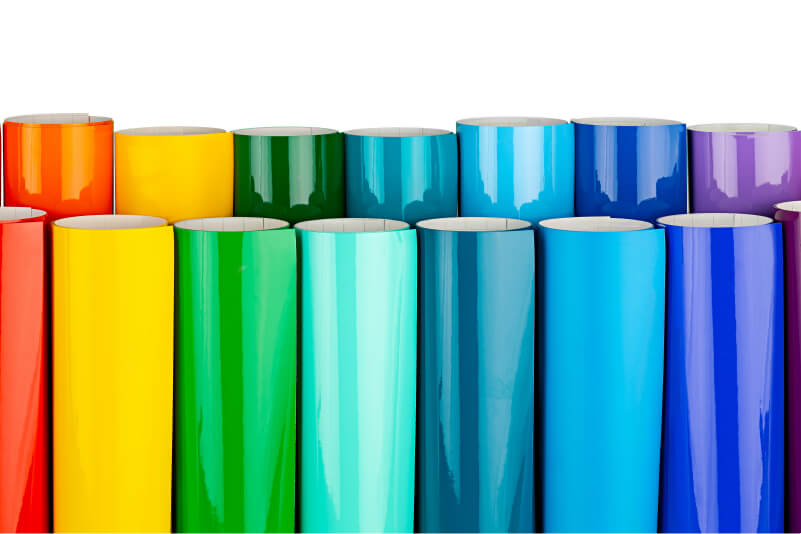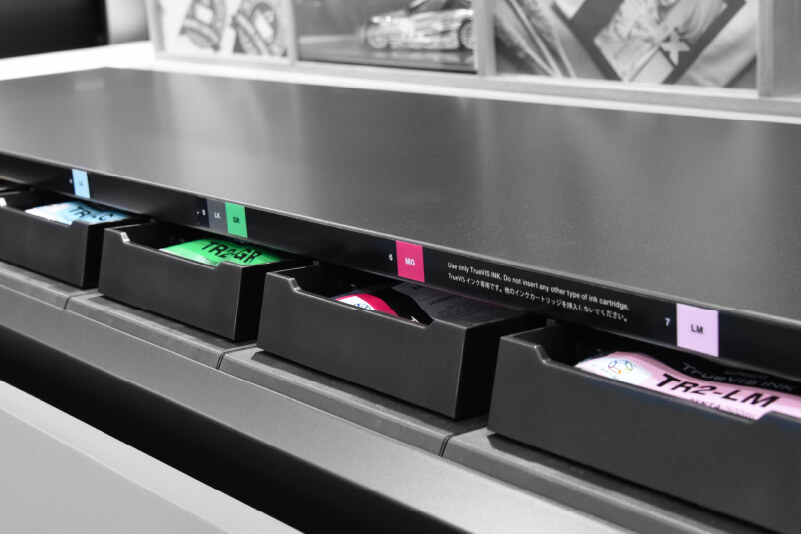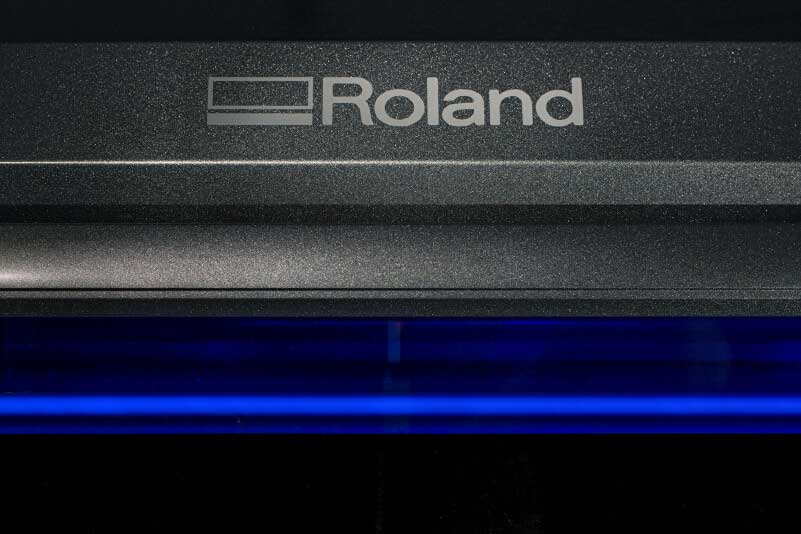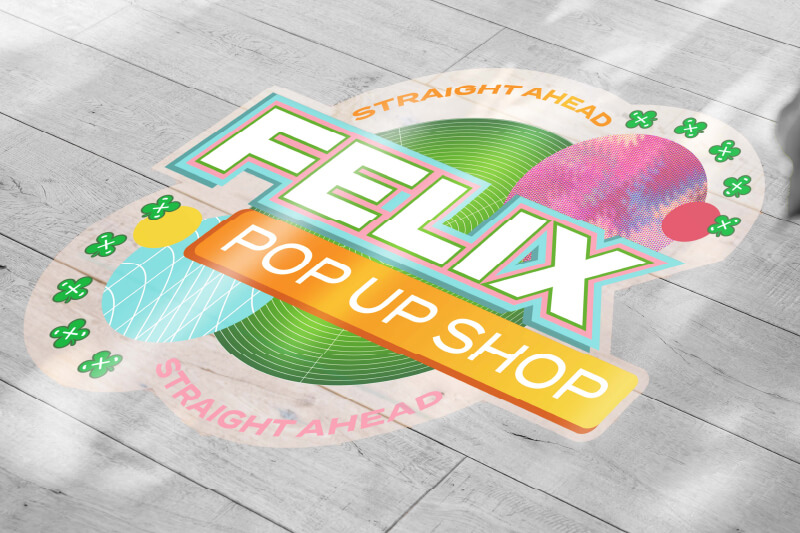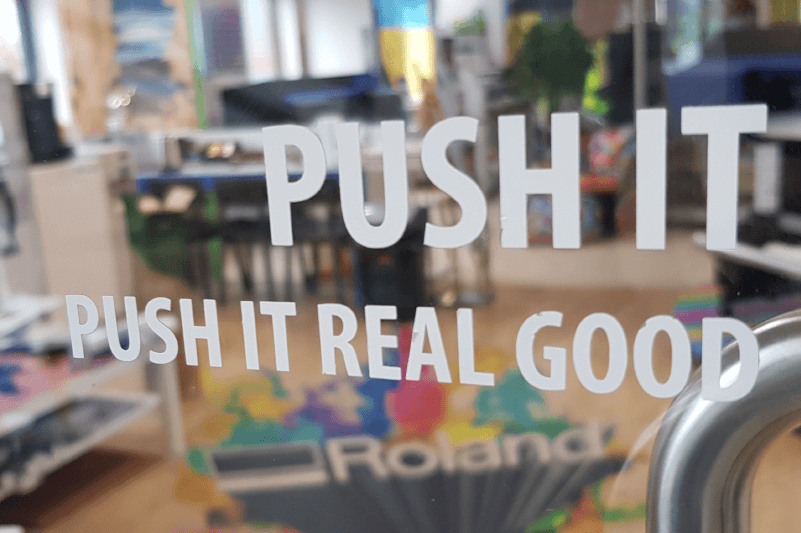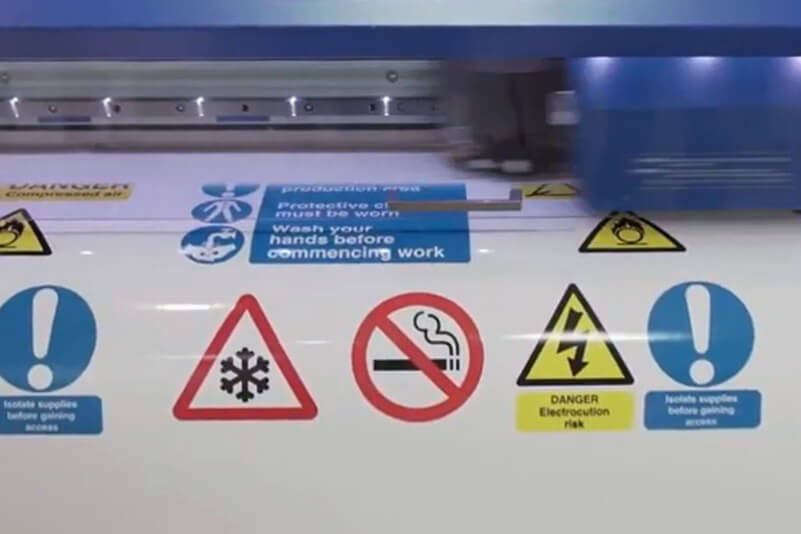
Printing Signage
With Professional Sign Making Machines
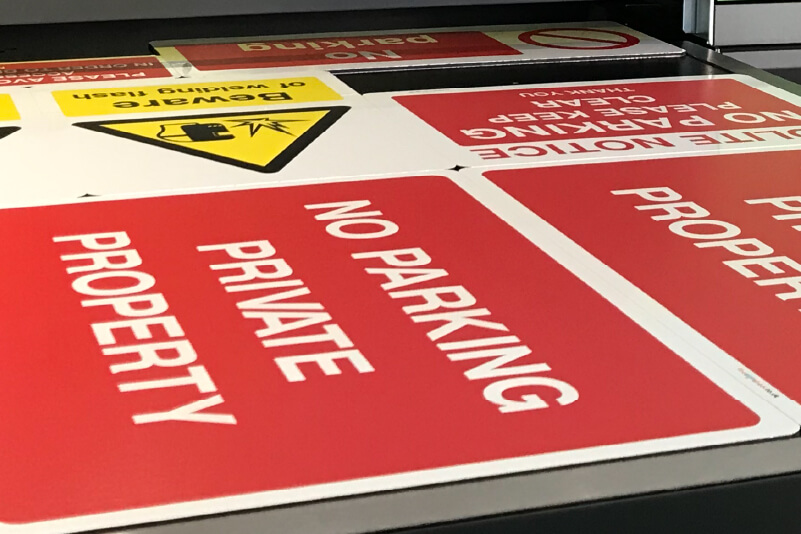

Sign Printing with Digital Customisation Machines
From shops to offices, streets to scaffolds - the world is full of printed signs, banners and advertisements in all shapes and sizes. Hang them high from the ceiling or stick them on the floor to make full use of every surface. Keep reading to explore the world of signage.
SEE WHAT YOU CAN SELL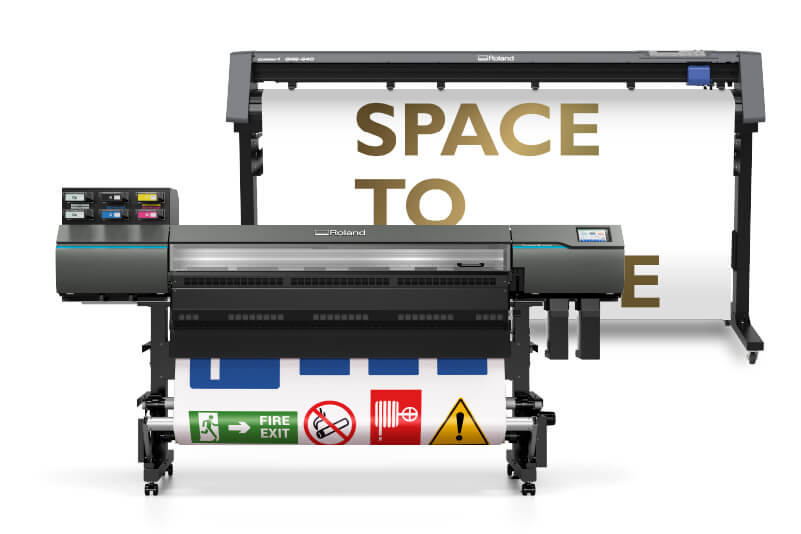

Professional Signage Printers
Invest in the Best and Go Even Further
Signage is a key product for digital print professionals, which is why you need the best print technology. Roland DG signage printing devices give you the sharp graphics, accurate colours, speed and versatility you need to succeed when printing signs of all shapes and sizes.
Top Quality Hardware
Go even further with professional printing and cutting machines
Intuitive Software
Print signage your way with feature-rich and simple software
Roland DG Care Warranty
Secure your investment with industry-leading support
FIND YOUR SOLUTIONPrint Quality Signage
Sell competitive products for every customer need
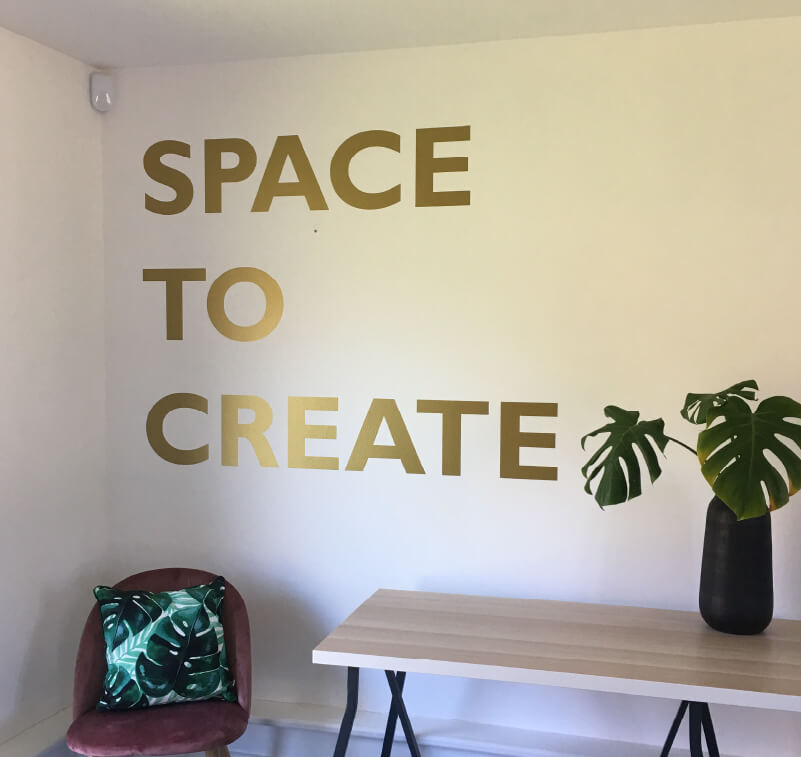
Adhesive Wall Signs
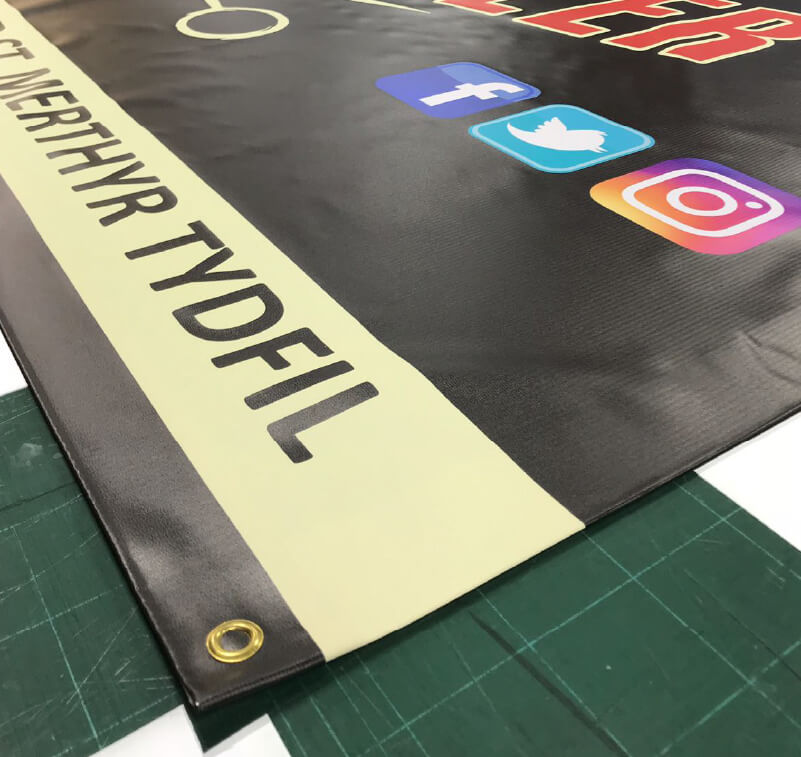
Banner Printing
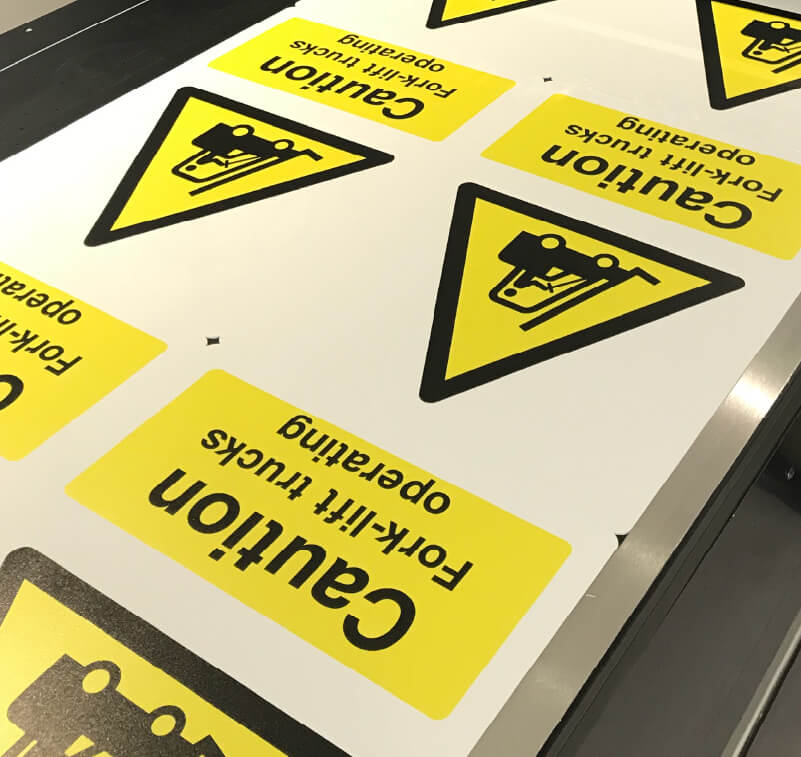
Durable Signage

Lightbox and Backlit
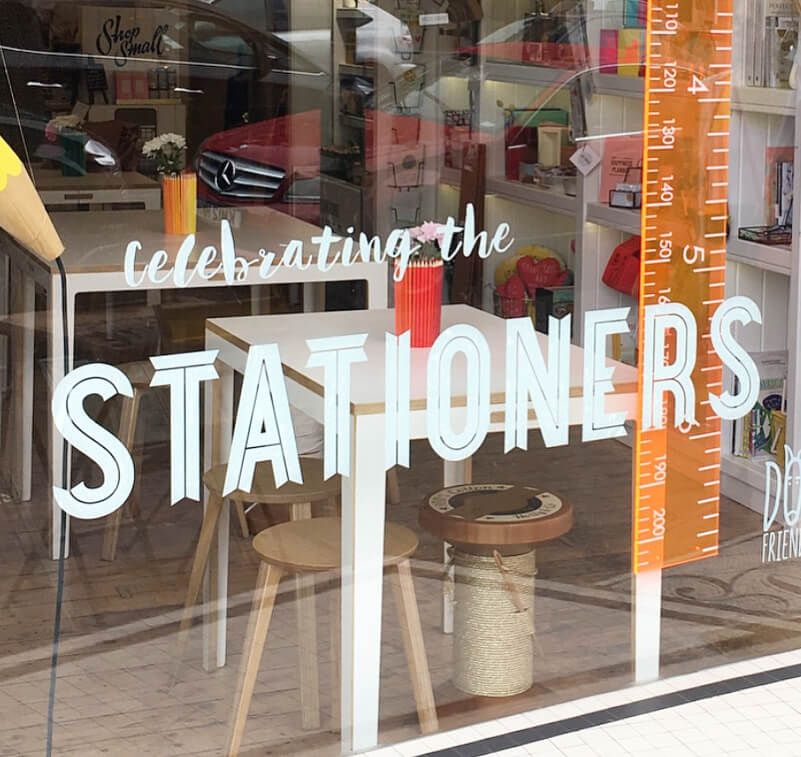
Window Signs and Lettering
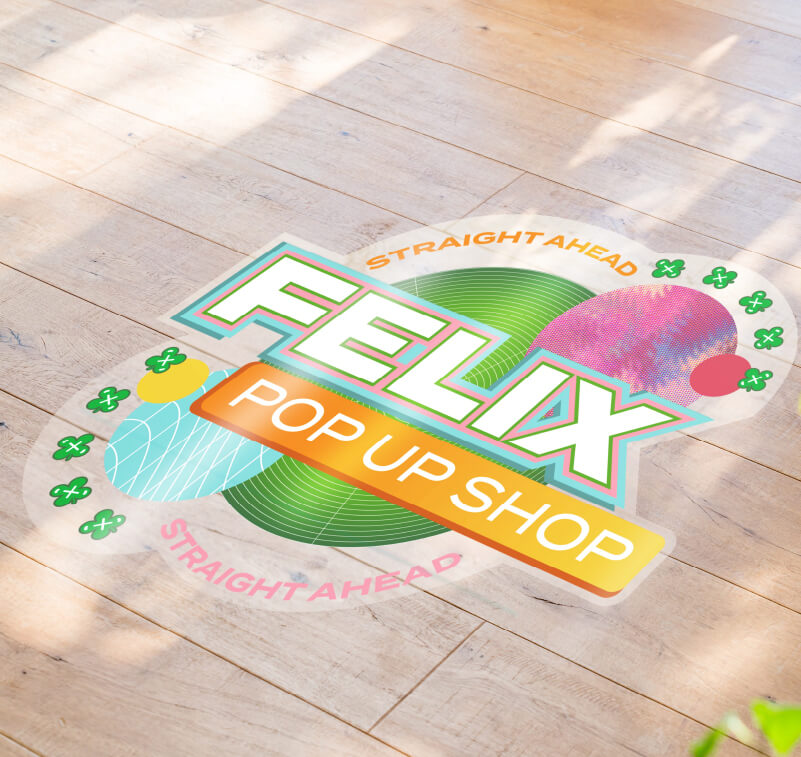
Floor Signage

POS & POP
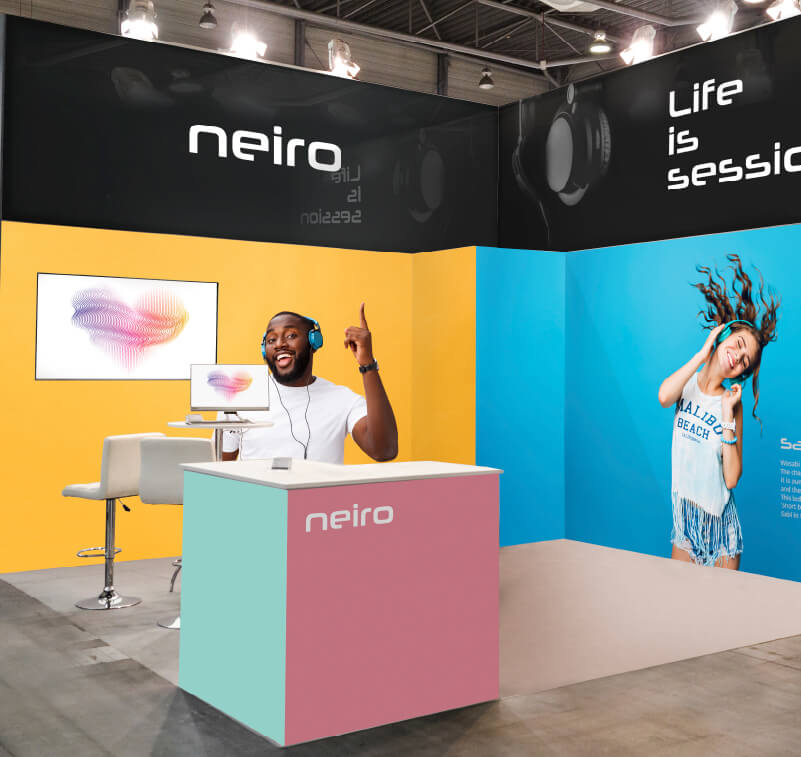
Exhibition Graphics & Backdrops
Signage Printing Machines
Professional Solutions from Roland DG
Frequently Asked Questions
Is digital printing more expensive than screen printing?
Digital printing is significantly cheaper than screen printing for several reasons. Firstly, digital printers can achieve the full gamut of CMYK colours (or even more with the use of additional colours of ink) in a single printing process, so there’s no need to produce separate screens for each colour.
Not only is this cheaper to produce, it requires no preparation, so it’s possible to produce more work in less time, thereby increasing your profits.
Do digital prints fade?
Digital prints, like all printed materials, will fade to a greater or lesser degree over time depending on the environment in which they are placed. The lifespan of your prints can be greatly extended by using high-quality inks from a trusted supplier. Lamination can also improve the lifespan of your prints, providing protection against moisture from rain and UV rays from the sun.
What file is best for signage?
PDF or EPS files are the most flexible format and are compatible with most RIP platforms. TIFF files can also be used to reliably retain image quality, but their large size can make them challenging to share and can cause issues with slower computers.
What is the best resolution for signage?
The resolution for your signage will depend on the viewing distance for which it is designed, and the format used to create the design. Most signage designs are created using a combination of vector and bitmap imagery. Vectors are typically used for text, icons and other design elements and are scalable without degradation whereas bitmap images are made up of pixels and are subject to degradation when scaled. The larger the number of pixels captured in the original source image, the higher the quality, and therefore, these images are best for signage which is to be viewed at close distance. For signage which is to be viewed from a longer distance such as building signage, resolution requirements tend to be lower.
How do you make a sign board?
While many signage applications can be achieved by applying adhesive vinyl directly to a wall or other surface, rigid sign boards (hollow-core and rigid foam, for example) are also popular options.
These are commonly produced by applying printed adhesive vinyl to a blank board, then adding a layer of protective laminating material, using a special application table.
It is also becoming increasingly popular to print directly to boards using a flatbed printing solution, thereby increasing the speed of production. Read more in our article here.
Talk to an Expert
Let us help you find the best signage printing solution for your business

